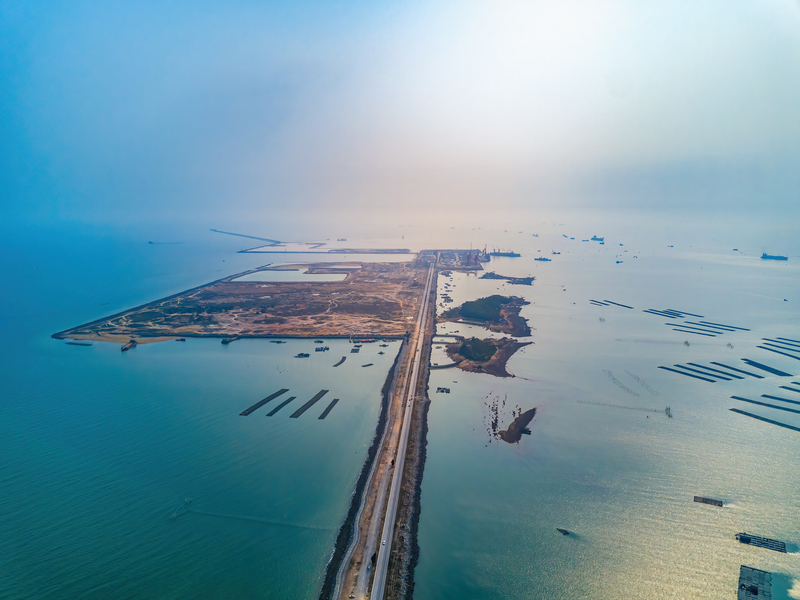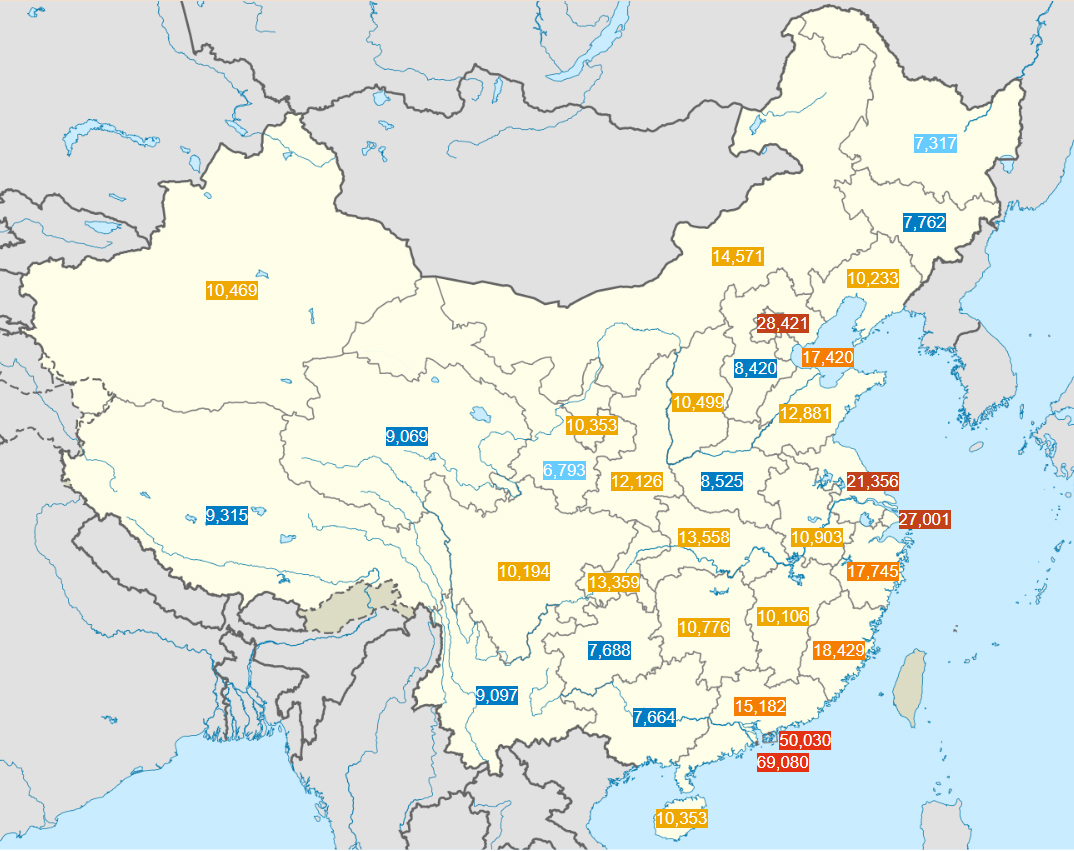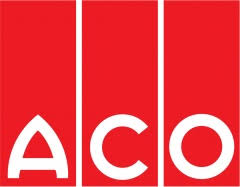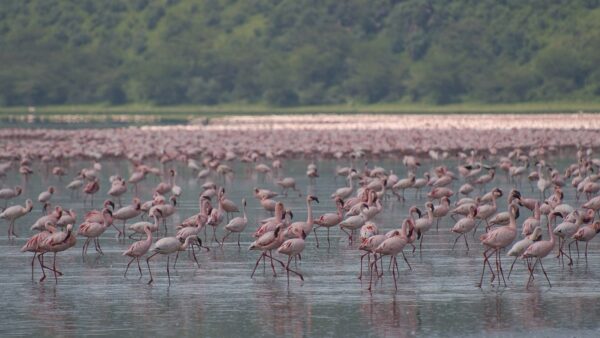
China’s New International Land-Sea Trade Corridor has reported a surge in growth, according to figures released by China Railway Nanning Group and reported by the government.
The “corridor” is a web of connections from the central Chinese city of Chongqing and reaching as far as Vietnam, Myanmar and Western Europe.
Last month, it carried 104,000 containers, up 31% on January 2024. Last year, it was not until mid-February that the network transported its 100,000th container.
The network mainly moves containers to southern Chinese ports and over the 21st-century Silk Road to Western Europe.
The network was officially opened in 2017. By 2019, it was connected to 190 ports in 90 countries; now, the cargo service encompasses 555 ports in 127 countries and regions. Over the same period, the number of trains passing through Chongqing has increased from 900 to more than 10,000, with the types of goods moved growing from a few dozen to more than 1,100.
From China’s point of view, the network is a means of promoting growth in west and central Chinese provinces, which have not benefited from the Chinese economic miracle to the same extent as the coastal provinces to the east (see map below).

Wei Wenkang, an executive at Qinzhou Port in Guangxi Region, China’s main gateway to Southeast Asia, said on average 24 trains were arriving and departing his yards every day in January.
He added: “Phosphate rock powder, zinc concentrate, pyrophyllite, paper pulp and other goods were shipped in large quantities, and the demand for new year goods such as rapeseed oil and rice were also strong.”
Last month, the Chinese government noted that specialty products from western China, such as goji berry juice and red wine from Ningxia, oranges from Chongqing and tea from Guizhou, had become growth drivers for trade with China’s near abroad.
Another factor was the popularity of Chinese EVs, although this may not last as Chinese enterprises are setting up factories within foreign markets.
- Subscribe here to get stories about construction around the world in your inbox three times a week
Further reading:










